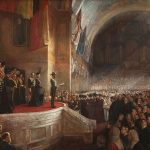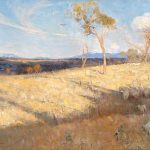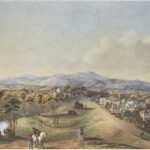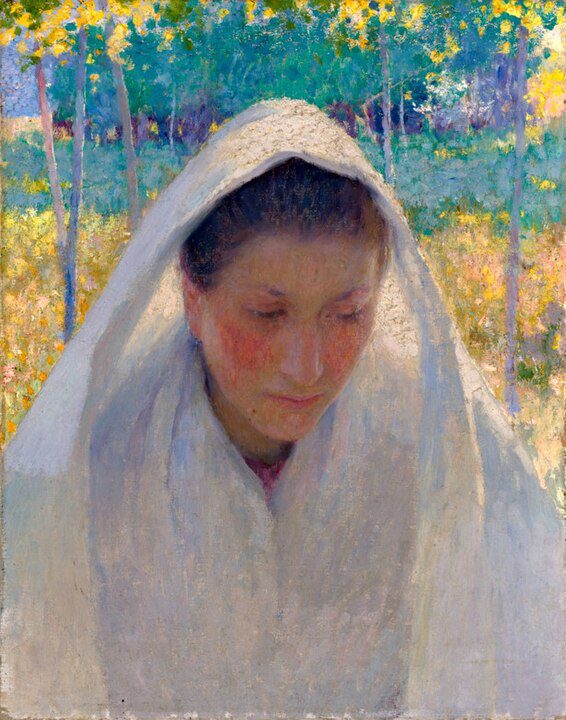
Emmanuel Phillips Fox, known as E. Phillips Fox, was an Australian Impressionist painter born on March 12, 1865, in Melbourne, Australia. E. Phillips Fox played a pivotal role in the development of Australian Impressionism, contributing to the country’s art scene during the late 19th and early 20th centuries.
Fox began his artistic training at the National Gallery School in Melbourne, where he studied under renowned Australian artist George Folingsby. In 1886, he moved to Paris to further his studies at the Académie Julian, immersing himself in the vibrant and transformative art scene of the French capital.
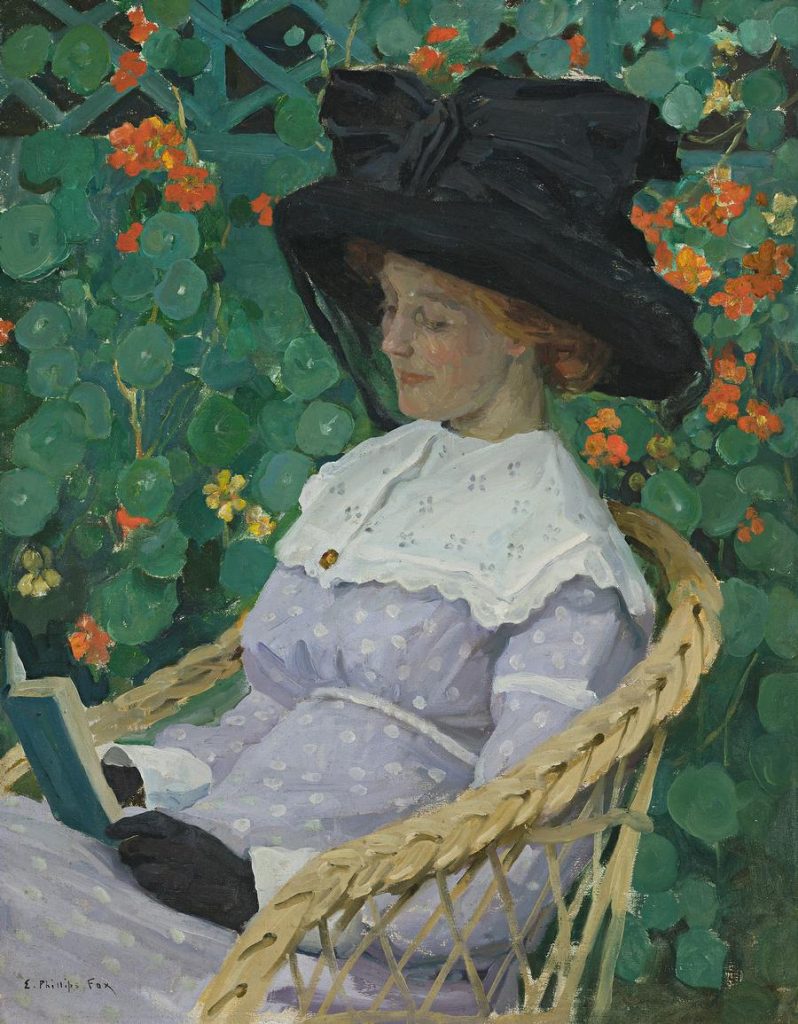
Paris proved to be a significant influence on Fox’s artistic development. While there, he encountered the works of the French Impressionists, including Claude Monet and Pierre-Auguste Renoir, whose innovative techniques and emphasis on capturing light and atmosphere left a lasting impression on Fox’s approach to painting.
Ethel Carrick
In 1889, E. Phillips Fox married fellow artist Ethel Carrick, and the couple became known for their artistic collaboration. Ethel’s influence on Fox’s art, particularly her use of color, is evident in his works. The couple traveled extensively, splitting their time between Europe and Australia, and their shared experiences enriched their artistic endeavors.
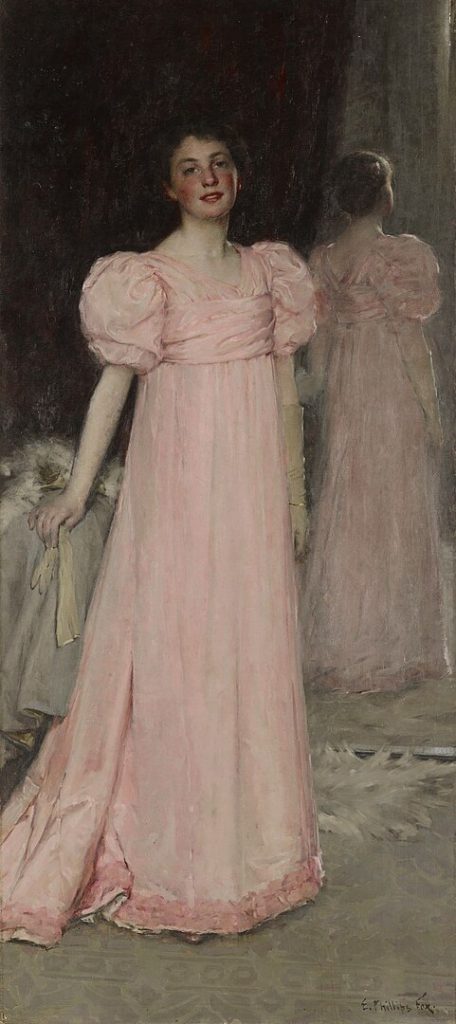
Fox’s paintings often depicted scenes of everyday life, portraits, and landscapes. His commitment to capturing the effects of light and the nuances of color aligned with the principles of Impressionism. Notable works from this period include “Nasturtiums” (1912) and “The Green Parasol” (1912), which showcase Fox’s mastery of color and his ability to evoke a sense of atmosphere.
Shaping Australian Impressionism
The artist’s involvement in the plein-air painting tradition, where artists work outdoors to capture the changing effects of light, played a crucial role in the development of Australian Impressionism. Fox’s dedication to this practice is evident in his Australian landscapes, which often featured the unique light and color palette of the Australian bush.
E. Phillips Fox’s contributions to Australian art extended beyond his own paintings. He was actively involved in art education and served as a teacher at the Melbourne National Gallery School. His role as an influential teacher helped shape the next generation of Australian artists.
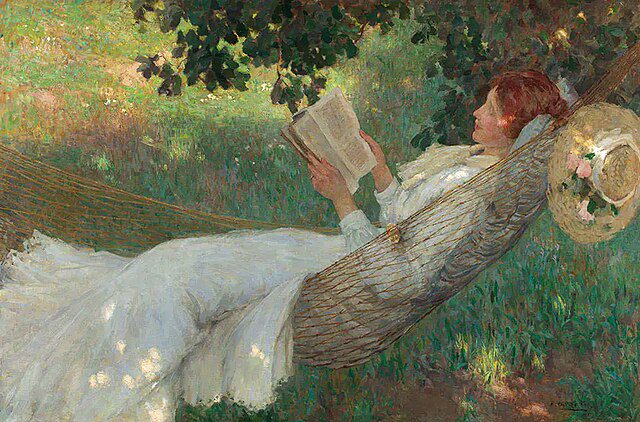
Tragically, E. Phillips Fox’s life was cut short when he passed away in 1915 at the age of 50. Despite his relatively brief career, his impact on Australian Impressionism was profound. His works are celebrated for their vibrant colors, atmospheric effects, and their role in capturing the essence of Australian landscapes and society during a period of artistic transformation. Today, E. Phillips Fox is remembered as a key figure in the development of Australian art during the turn of the 20th century.


